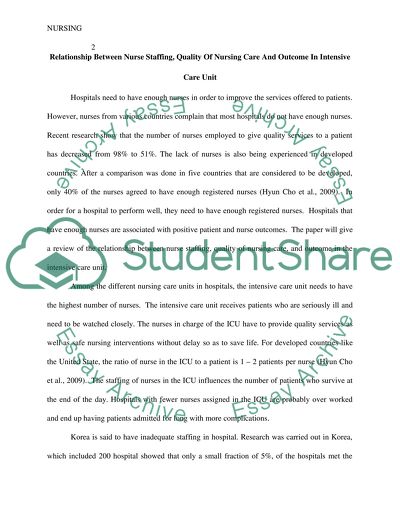Cite this document
(“Relationship between nurse staffing, quality of nursing care and Research Paper”, n.d.)
Retrieved from https://studentshare.org/nursing/1460172-relationship-between-nurse-staffing-quality-of
Retrieved from https://studentshare.org/nursing/1460172-relationship-between-nurse-staffing-quality-of
(Relationship Between Nurse Staffing, Quality of Nursing Care and Research Paper)
https://studentshare.org/nursing/1460172-relationship-between-nurse-staffing-quality-of.
https://studentshare.org/nursing/1460172-relationship-between-nurse-staffing-quality-of.
“Relationship Between Nurse Staffing, Quality of Nursing Care and Research Paper”, n.d. https://studentshare.org/nursing/1460172-relationship-between-nurse-staffing-quality-of.


